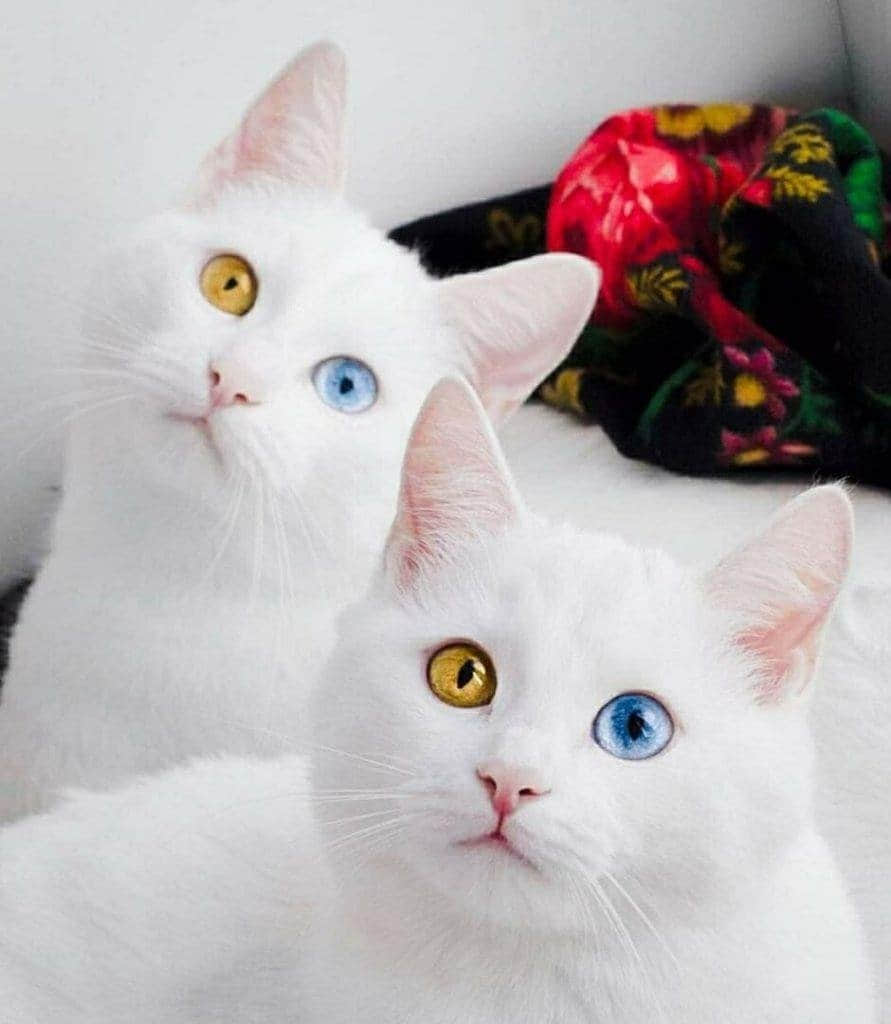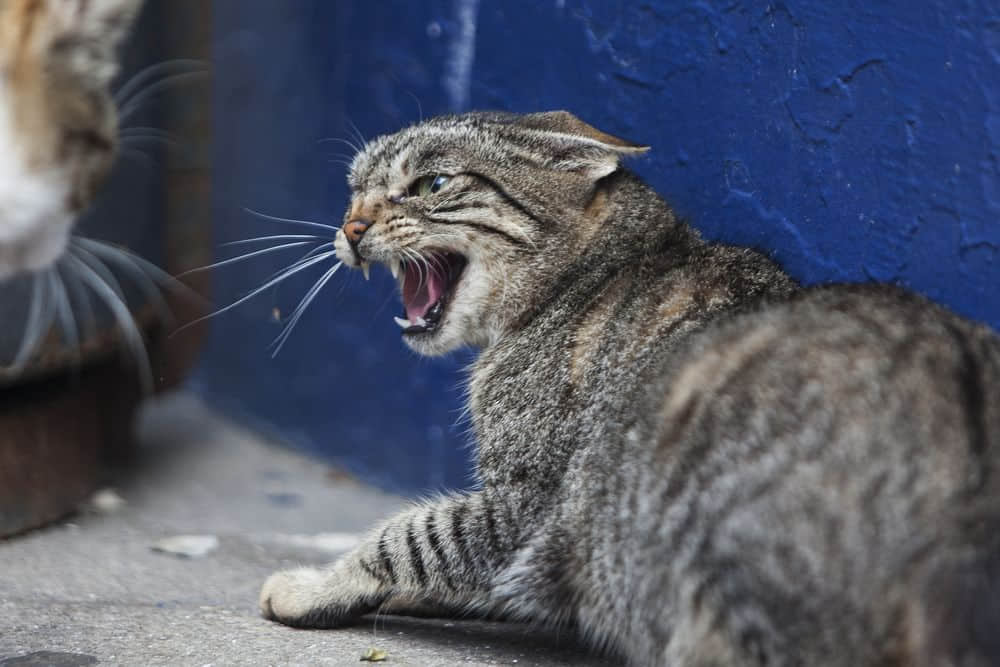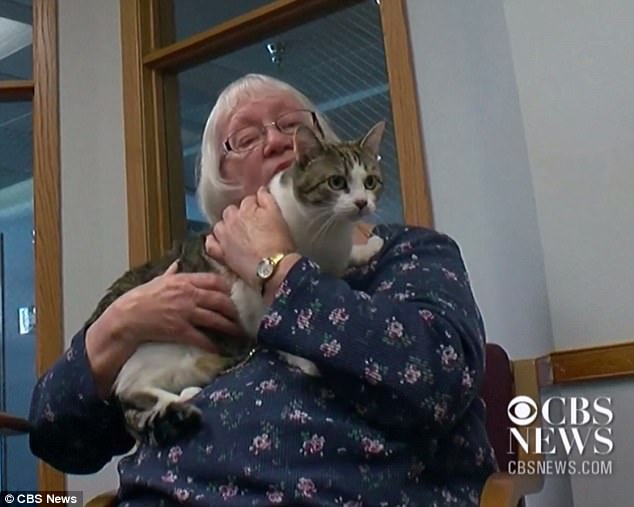On their journey, Tuul and Bruno Morandi were accidentally attracted to cats on the streets around the world.

For 18 years, Tuul and Bruno Morandi have been photographing people, cities and landscapes around the world. On their journey, they accidentally accumulated more photos of another topic – cats on the street.
In different cities, two photographers realized that cats that had been wandering around since childhood were often unfriendly when meeting humans, while stray or adopted cats were more friendly.

The cat lounges on the ruins of the 2,000-year-old Ephesus archaeological site. This is a port city since ancient Roman times, located in present-day Turkey.

A cat stretches in the sunlight on 2,000-year-old ruins in Türkiye.
People’s attitudes toward feral cats are greatly influenced by local culture, religion, history and legends. Many people believe that in the past, Prophet Muhammad preached while holding his beloved cat Muezza on his lap. When he discovered Muezza sleeping, he was even ready to cut off one side of his shirt so as not to disrupt Muezza’s sleep. “In most Muslim countries like Morocco and Turkey, they have a special relationship with cats because their prophet loves this creature,” Tuul explains.

Cat colony on an island in Japan. This is the country that impressed two photographers with the life of cats. Tuul and Bruno recounted that cats are a symbol of luck for the Japanese: “They even have temples to worship them.” Cats are also what attracts tourists to Japan when this country has 11 cat islands.

A black cat lies among maneki-neko – lucky cats inside a shrine dedicated to this animal in Japan.
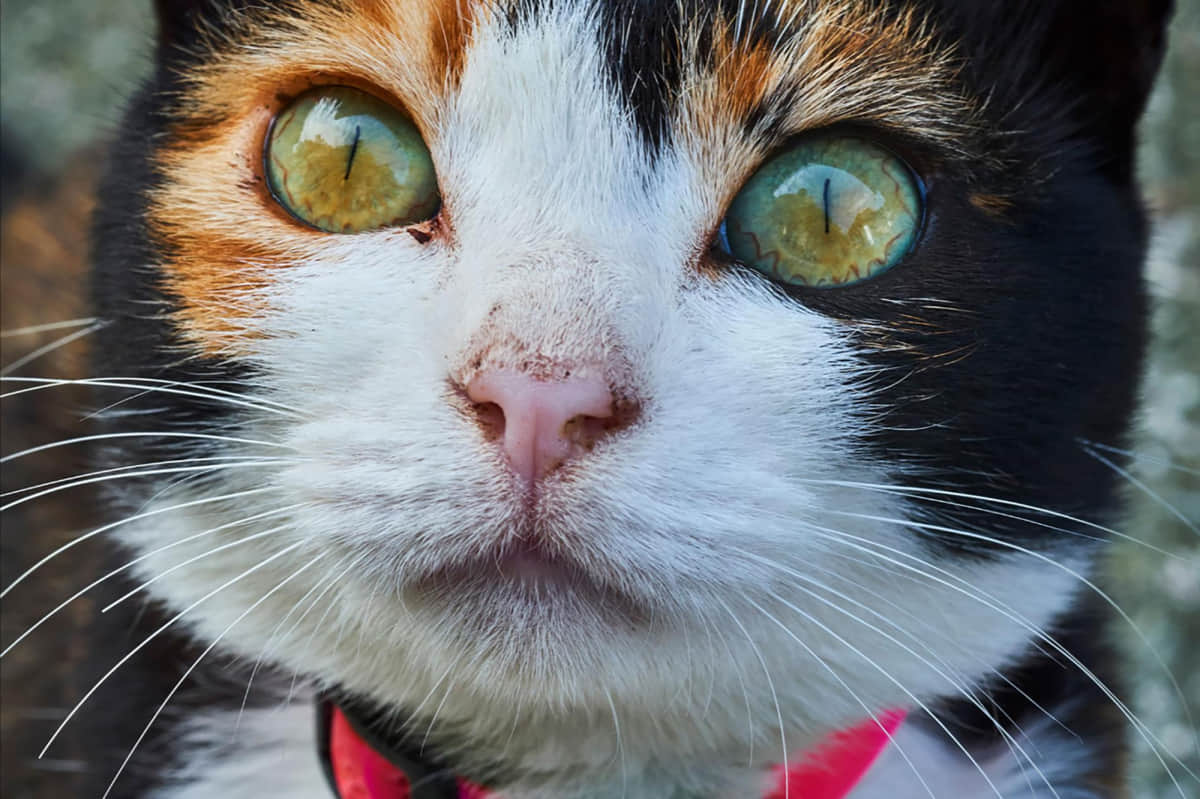
A cat on Aoshima Island in Japan, where there are 10 times more cats than humans. “In Japan, most cats we meet are not afraid of people. Maybe they know that humans are very kind and have a close relationship with them,” Tuul said.
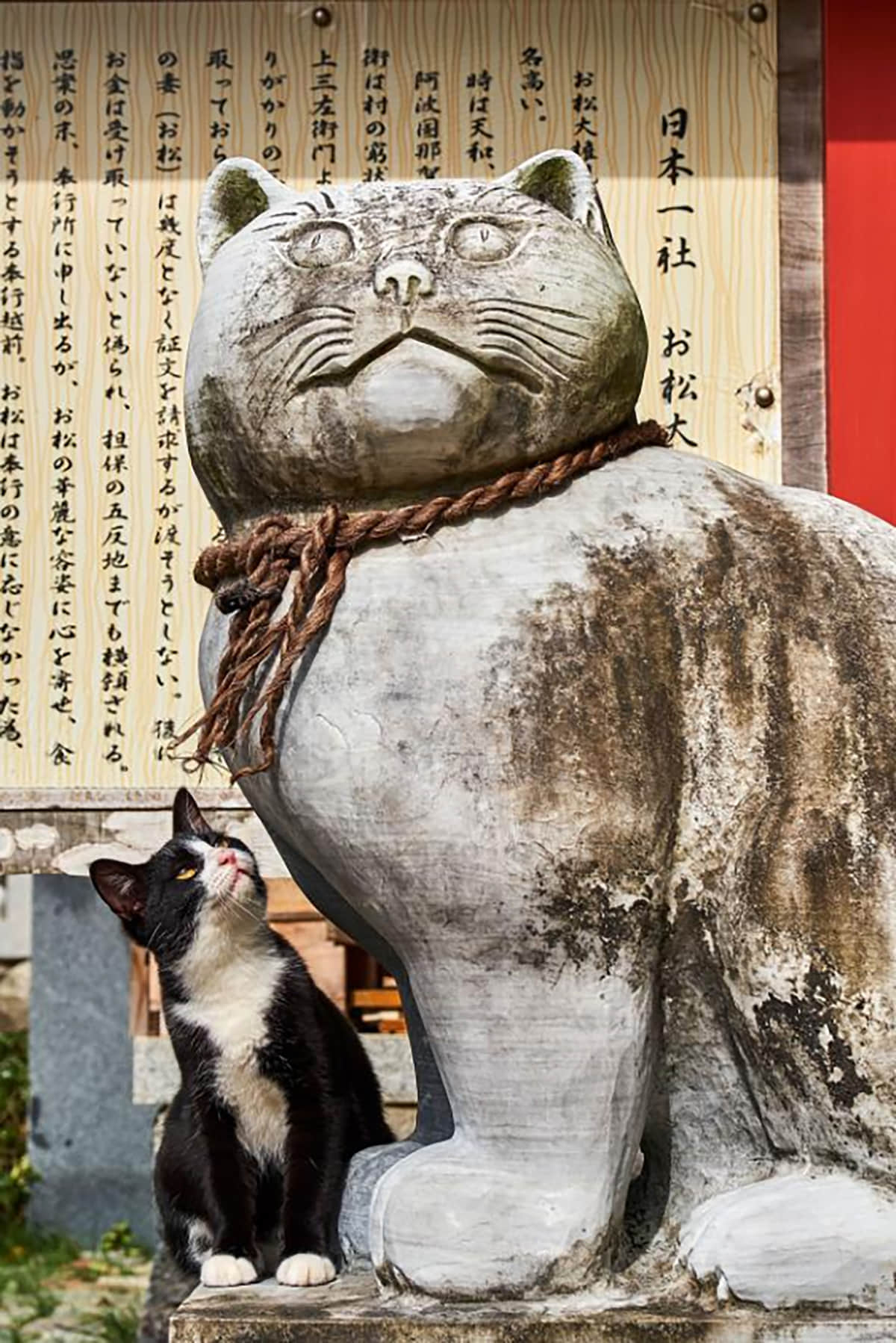
In Tokyo, there are several temples dedicated to cats. In these areas, the photographer couple suggests that visitors can see stone cats and real cats side by side.
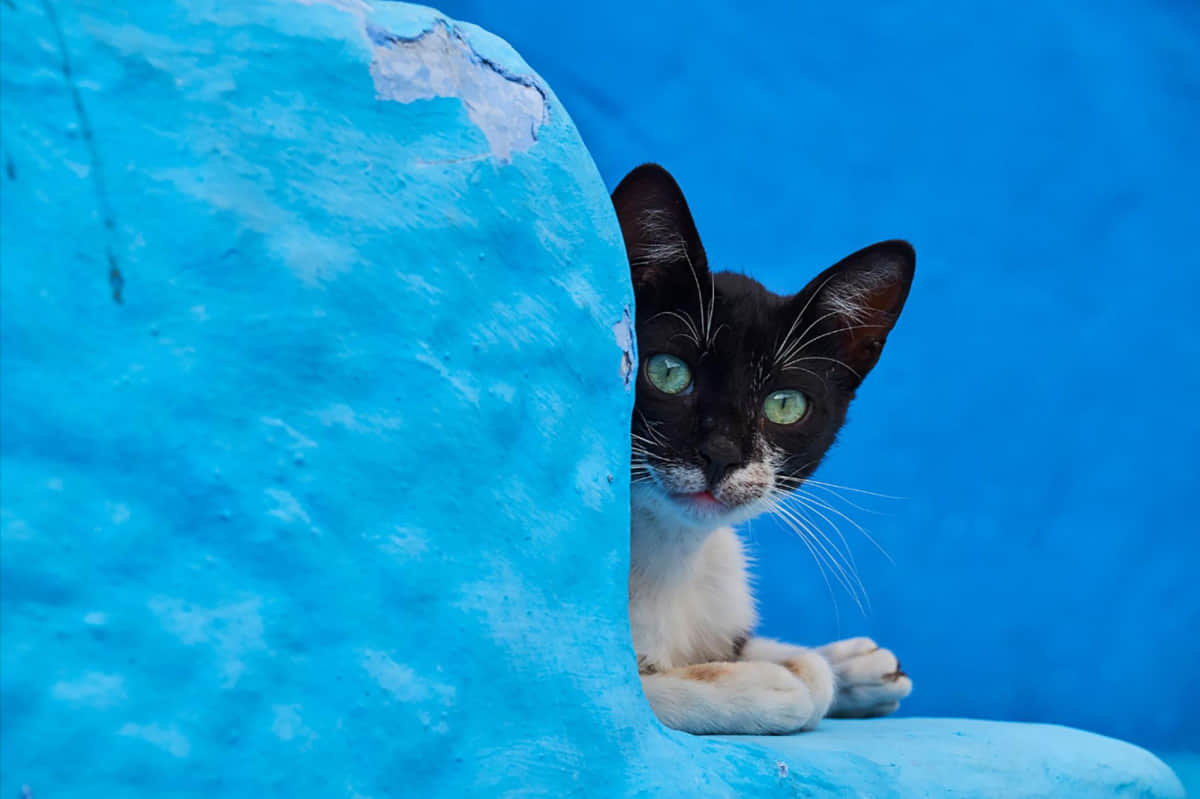
A cat peers out from behind a blue wall in the northern Moroccan city of Chefchaouen. The green paint of the buildings is believed to have been brought by the Jews, who fled to the city in 1492 after a Spanish search.
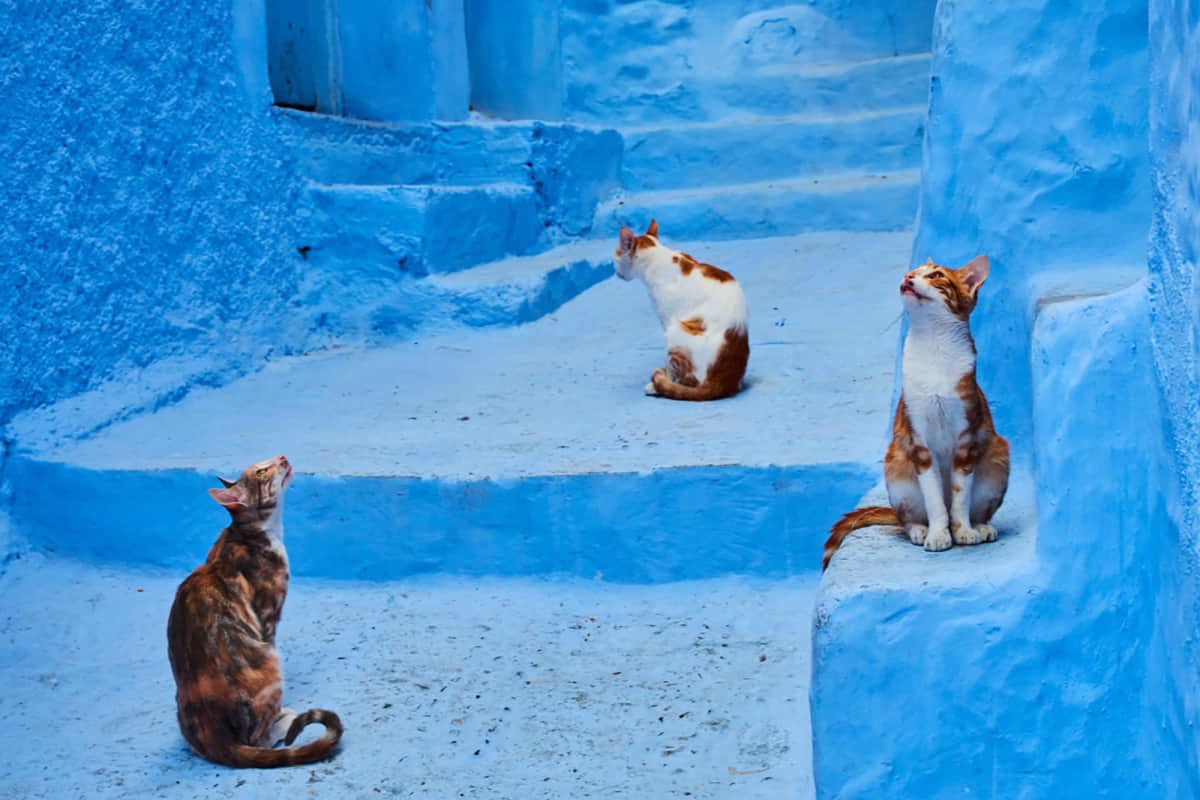
The city in northwestern Morocco was built in 1471 with every corner covered in blue paint.
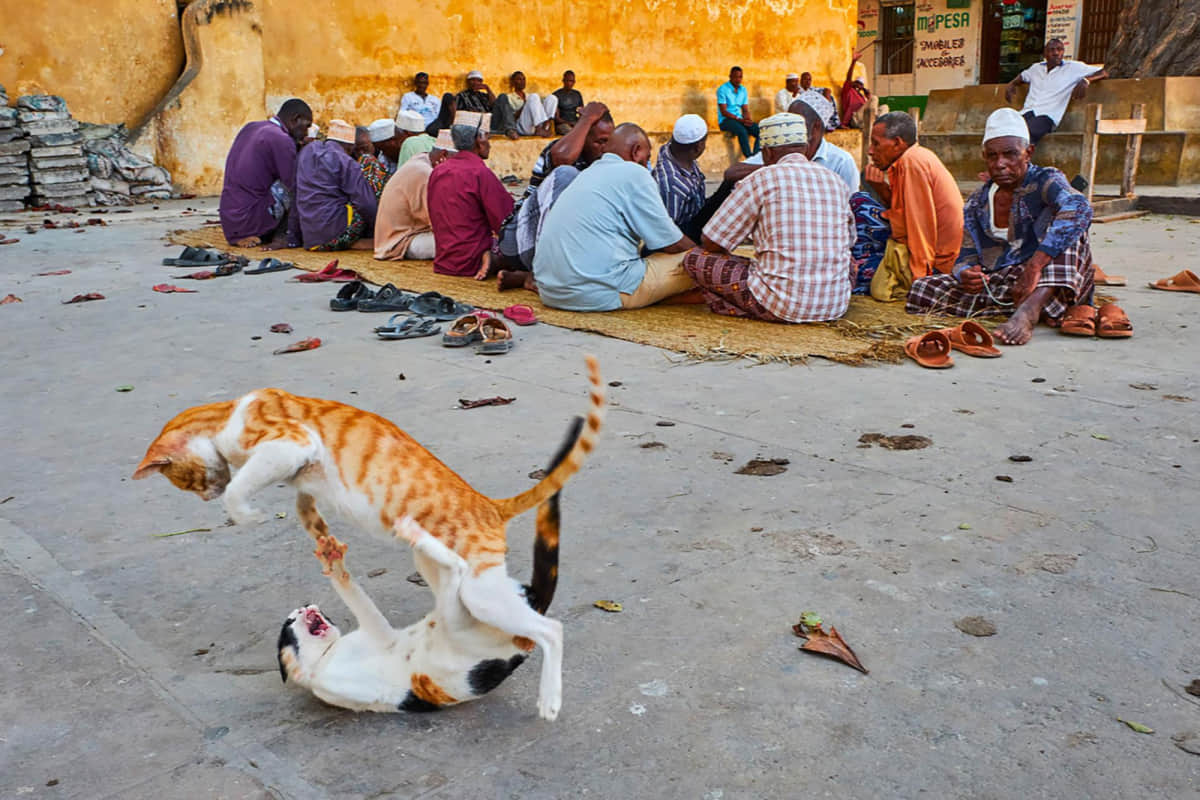
Cats on the streets of Lamu town, Kenya. There are an estimated 10,000 cats on all four main islands of the Lamu archipelago. Wild cats are part of indigenous culture.

In addition to its dense population of feral cats, Lamu is also home to thousands of donkeys.

However, not everyone likes stray cats. Most feral cats are considered a threat to local wildlife and a source of disease spread. In 2013, a study published in the journal Nature Communications reported that feral cats killed 1.3 – 4 billion birds and 6.3 – 22.3 billion mammals each year in the US. However, this study was immediately questioned by public opinion because estimating such an accurate number is almost impossible.

Despite the controversy about the benefits and effects of cats, most people around the world do not feel any problem with this animal. In Greece, cats have their right to life protected by law.
